Signed lower right
With frame: cm. 55 x 47 x 4
The painting is in excellent condition.
For further information do not hesitate to contact us.
Already as a child he filled his school notebooks with drawings, so much so that his family agreed to his enrollment at the Ecole des Beaux-Arts in Paris and later at the Académie Julian, where in 1908 he met Lipchitz. To complete his training he also attended the Académie Ranson directed, at the time, by Paul Sérusier. In 1911 he painted Carton Abstrait, then the war caused a seven-year interlude in his activity. From 1920 to 1925 Latapie faced a period of rigor and asceticism which would, in these years, be a constant in his art. Having approached Cubism already during his academic training, in 1921 he can be considered one of the group. In 1922, with Jacques Villon, he exhibited Cubist works in Paris and two years later he was at the Venice Biennale. The same year he joined the group “Nous” together with Jean Dufy, Othon Friesz, Raymond Heaudebert, Irène Lagut. With these companions he exhibited at the Cirque de Paris and at the Povolozki gallery; these exhibitions are followed by a personal presentation of Cubist works at Galerie Le Licorne and Galerie Druet. Between 1923 and 1924 he returned to attend the Académie Ranson, where a few years earlier he had met his future wife, Estelle Isch-Wall.
In the twenties he became friends with Roger Bissière and Georges Braque and with them and other painters including Ozenfant, he formed the group “Les Castors de Montsouris”.
He often participated in the Salons in the capital: des Indépéndants in 1920, des Tuileries and d'Automne in 1936, '37, '41, '46, '47.
In 1926 he left Paris for Toulon, beginning what would be called the “période Toulonnaise” (1926-1932), characterized by the predominance of light and luminous tones. In the paintings of these years he often finds inspiration in the works of Renoir and Bonnard.
Between the period of rigor and this second moment, he consolidates the characteristics of synthesis with a well-structured composition and a well-calculated effusion of colors. As he himself said later: "I wanted to make a warm cubism, at a higher temperature... to add to the rigor of the construction of the cubists the lyricism that twists the forms and exalts the colour".
In 1935 a monumental period began and in 1936 he rented a barn in Noirmoutier to create a fresco for the school of Mantes-la-Jolie, completed in 1937. In the meantime he exhibited at the Galerie Poyet and the Galerie Rive Gauche in Paris.
Two years later he moved to Chateau de Pressures and then to Chateau de Corvol to create a 40 m2 decoration. entitled The apotheosis of sport, destined for the Coubertin stadium (destroyed during the Second World War).
In 1941 he joined the “Corner Room Group” where he met François Desnoyer, Maurice Estève, Jean Fautrier, Bernard Lorjou, Alfred Manessier and Edouard Pignon. In Paris, during the war, the shortage of canvases forced him to paint on paper, a support that he continued to use for several years.
In 1943 he began preparatory studies for the mural decoration of the amphitheater of the Faculty of Letters in Poitier. In the meantime he intensifies his research on the intensity of color and, at the same time, the drawing becomes more energetic.
In 1947 he left the Paris atelier to settle in the oldest mill in the village of Seine-Port where the "Seine-Portaise period" began. In these years bathers, large vertical nudes and portraits predominated. He continues to exhibit in the most famous Parisian galleries.
Between 1962 and 1968 he reached a non-figurative period that marked the personal exhibitions of these years: in 1965, at the Galerie Simone Heller in Paris; in 1967 at the Galerie Françoise Tournier in Carennac and at the Cultural Center of Dammarie-les-Lys, in 1968 at the Galerie Bénézit in Paris.
In 1964 he created a 185 m2 mosaic for the Laval Technical College.
In 1969 he moved to Avignon where he rediscovered the clear light of his beginnings and where in 1971, at the Palais des Papes, an important retrospective of his would take place.
After his death, several exhibitions were dedicated, among the most significant: in 1987 at the Galerie Bernard Davignon in Paris (“Latapie: Grand Synthèse 1950-1970”); in 1988 at the Musée Rapin in Villeneuve-sur-Lot and at the Musée des Augustin in Toulouse (Retrospective).
Museums:
Avignon (Musée Calvet)
Dunkirk (Musée d'Art Contemporain)
Paris (Musée National d'Art Moderne, Center Pompidou, Musée National d'Art Moderne de la Ville, Manufacture des Beaux Arts)
Poitiers (Musée Sainte Croix)
Toulouse (Musée des Augustins)
Villeneuve-sur-Lot (Musée Rapin) – France
Geneva (Musée du Petit Palais) – Switzerland.





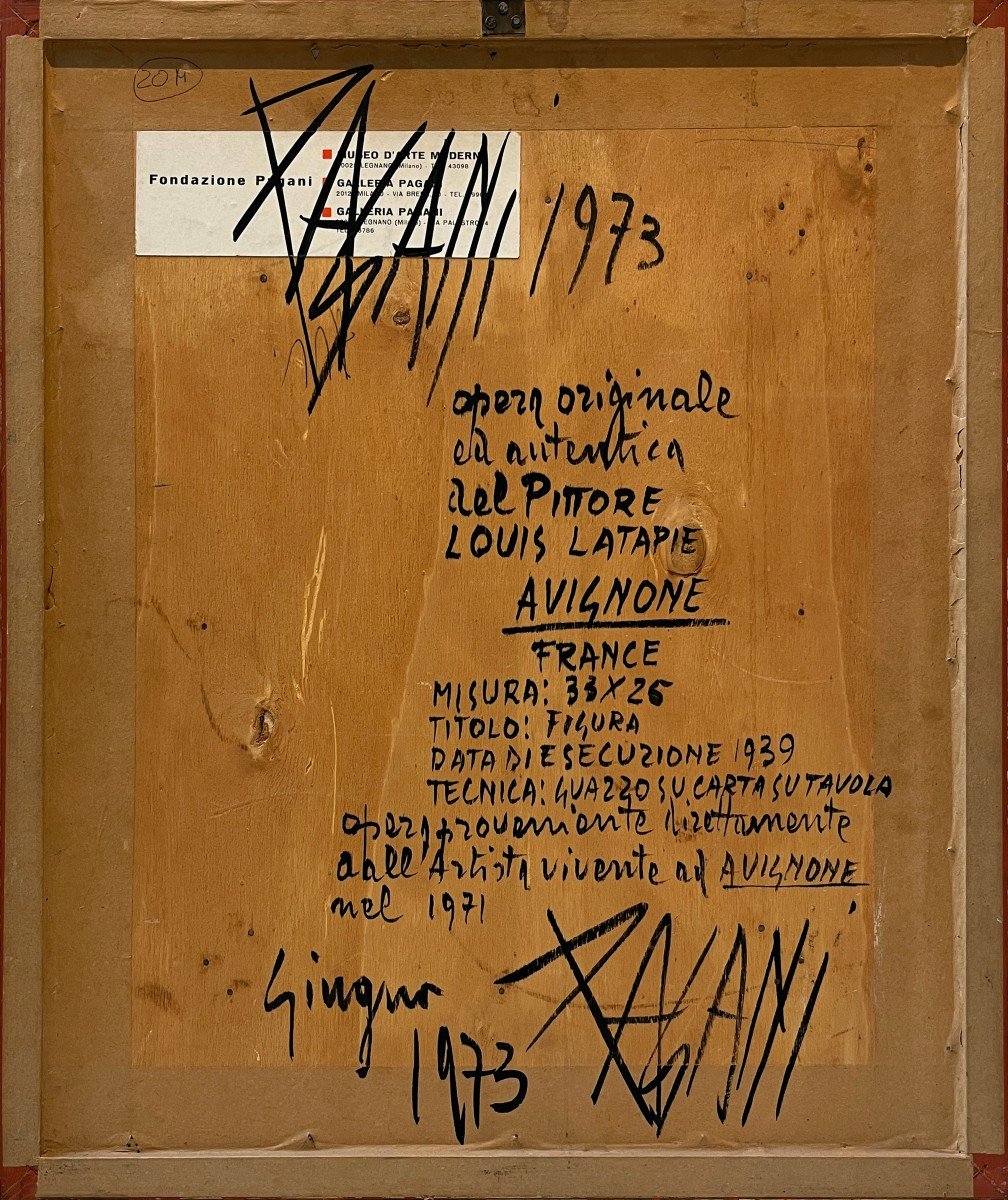
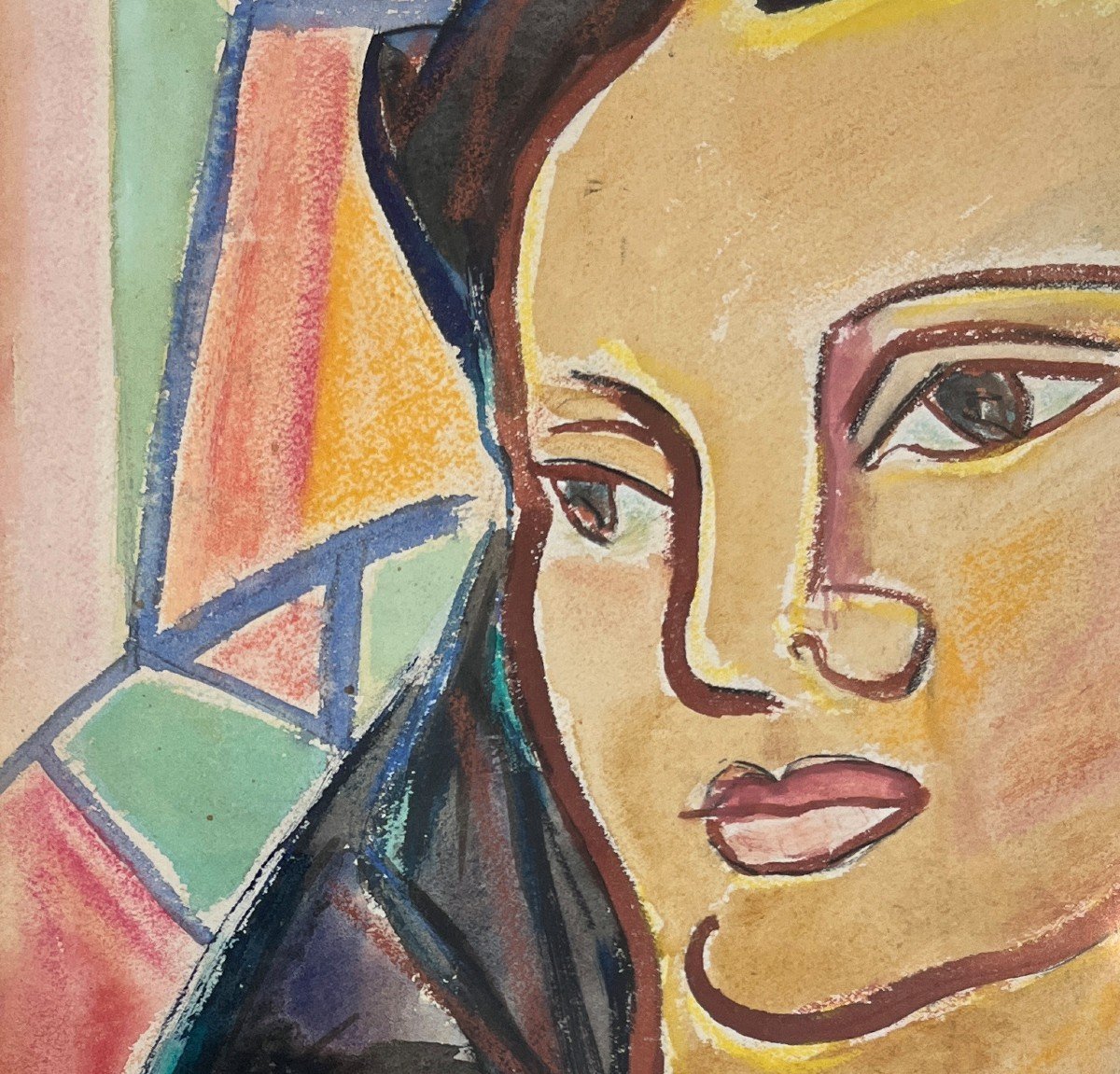

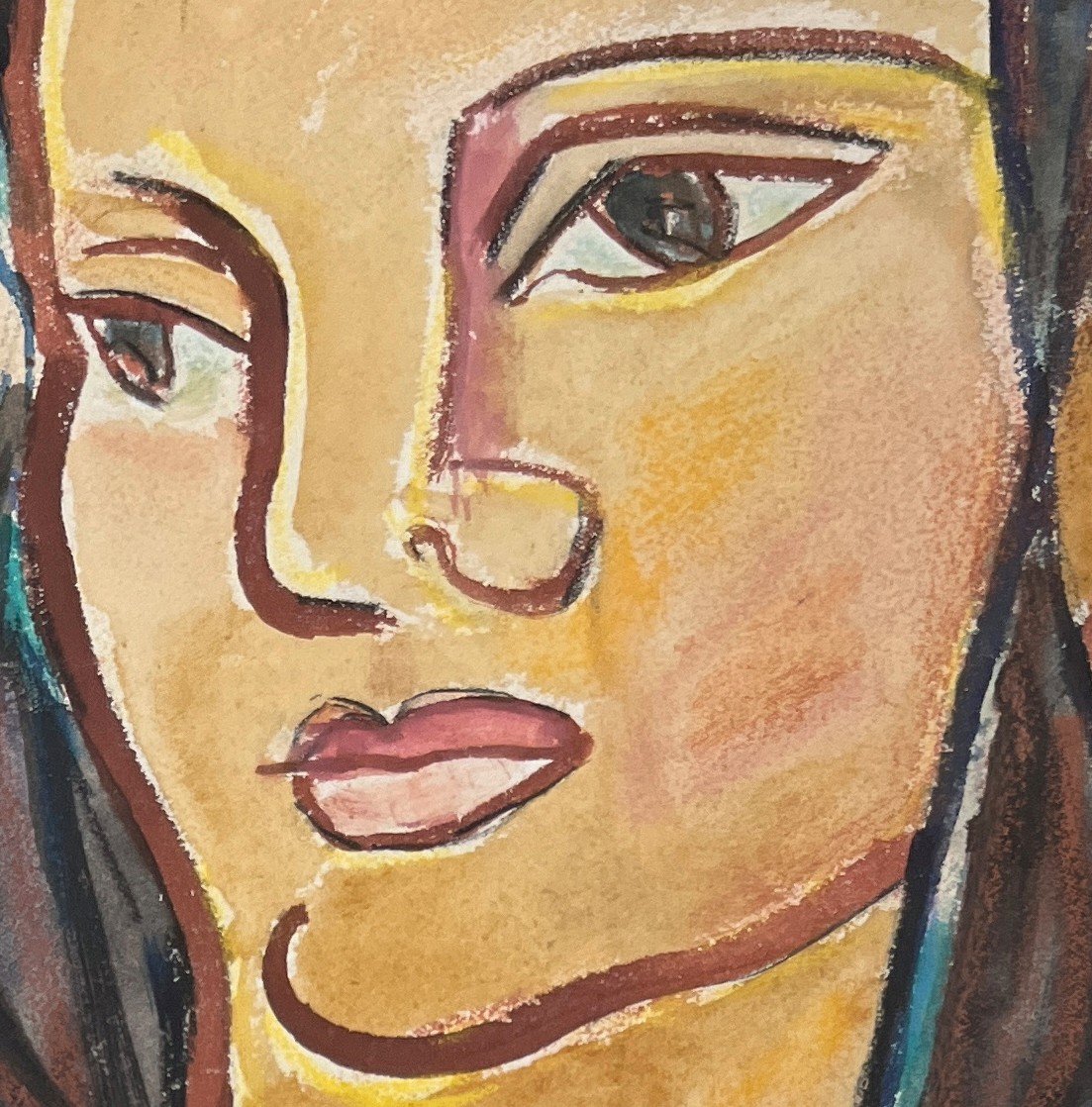












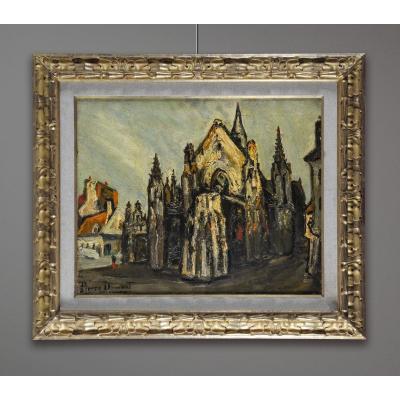

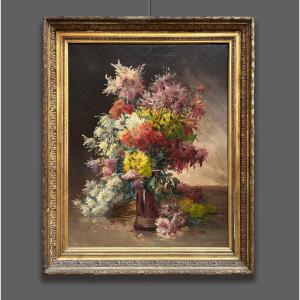

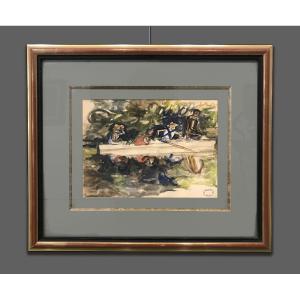


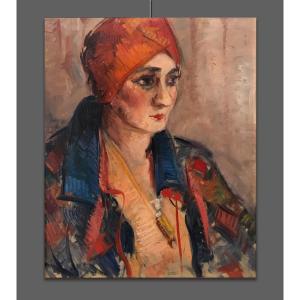





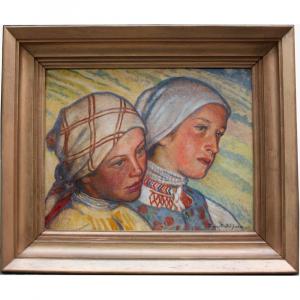
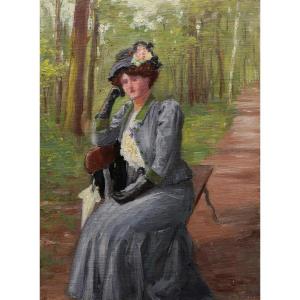



 Le Magazine de PROANTIC
Le Magazine de PROANTIC TRÉSORS Magazine
TRÉSORS Magazine Rivista Artiquariato
Rivista Artiquariato